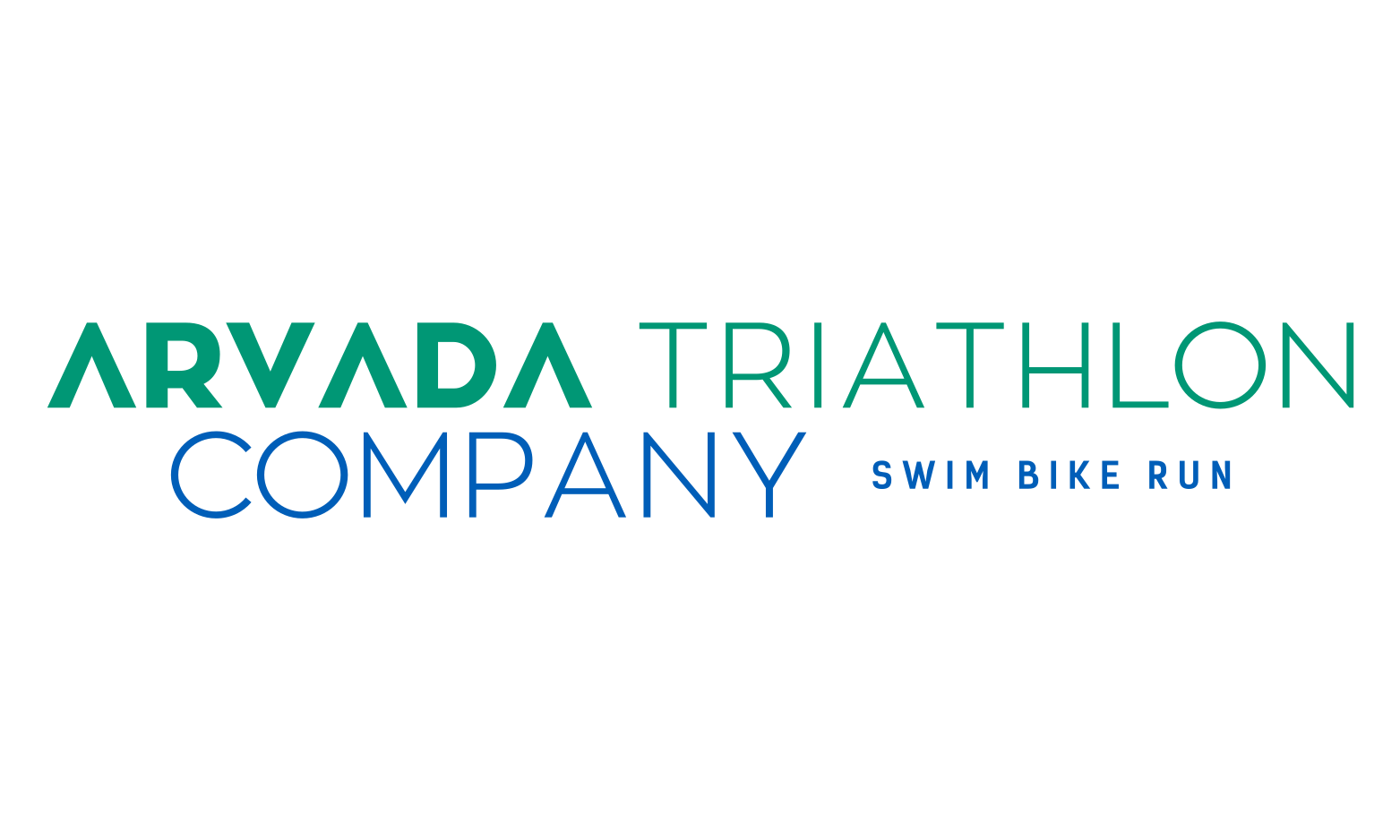Detailed Analysis of Water Bottle Placement
Frame Bottles
- Aerodynamic Impact: Placing water bottles on the frame, particularly on the down tube or seat tube, disrupts the smooth airflow around the bike. This disruption increases aerodynamic drag, making it harder to maintain high speeds.
- Watts Savings: Studies have shown that moving a bottle from the down tube to a more aerodynamic position can save approximately 2 watts. This might seem small, but over the course of a long race, it adds up.
- Time Savings: Over a 40-kilometer time trial, saving 2 watts can translate to a time savings of around 10 to 15 seconds. In a competitive triathlon, these seconds can be crucial.
Rear Mounts
- Aerodynamic Impact: Mounting water bottles behind the saddle is one of the most aerodynamic options. This position keeps the bottles out of the direct airflow, reducing drag significantly.
- Watts Savings: By placing bottles behind the saddle, you can save up to 3 watts compared to frame-mounted bottles. This is because the bottles are shielded by your body and the bike’s frame.
- Time Savings: Over a 40-kilometer distance, saving 3 watts can result in a time savings of approximately 15 to 20 seconds. This can make a noticeable difference in your overall race time.
Between the Aero Bars
- Aerodynamic Impact: Placing a water bottle between the aero bars is another effective way to reduce drag. This position keeps the bottle in line with your body and the bike, maintaining a streamlined profile.
- Watts Savings: This setup can save around 1 to 2 watts compared to traditional frame-mounted bottles. The exact savings depend on the specific design of your aero bars and bottle.
- Time Savings: Over a 40-kilometer time trial, saving 1 to 2 watts can translate to a time savings of about 5 to 10 seconds. This setup also offers the added benefit of easy access to hydration without compromising aerodynamics.
Bento Box Integration
- Aerodynamic Impact: Some triathlon bikes come with integrated hydration systems or bento boxes that allow for streamlined storage of water bottles. These systems are designed to maintain the bike’s aerodynamic profile while providing easy access to hydration.
- Watts Savings: Integrated systems can save up to 3 watts compared to traditional bottle placements. This is because they are designed to be as aerodynamic as possible.
- Time Savings: Over a 40-kilometer distance, saving 3 watts can result in a time savings of approximately 15 to 20 seconds. Integrated systems also reduce the need for frequent adjustments, allowing you to maintain your focus and speed.
Practical Tips for Triathletes
- Test Different Setups: Aerodynamics can vary based on your specific bike and riding position. It’s a good idea to test different water bottle placements to see which setup works best for you.
- Consider Hydration Needs: While aerodynamics are important, so is staying hydrated. Ensure that your water bottles are easily accessible during your ride.
- Use Aero Bottles: If possible, use aerodynamic water bottles designed to reduce drag. These bottles have a more streamlined shape compared to standard round bottles.
Conclusion
Optimizing water bottle placement on your triathlon bike can lead to significant savings in both watts and time. By carefully considering where to place your bottles, you can reduce aerodynamic drag, save valuable watts, and improve your overall performance. Whether you’re aiming for a personal best or competing at the highest level, every detail counts.
Would you like more information on any specific aspect of this topic or assistance with another cycling-related question?





